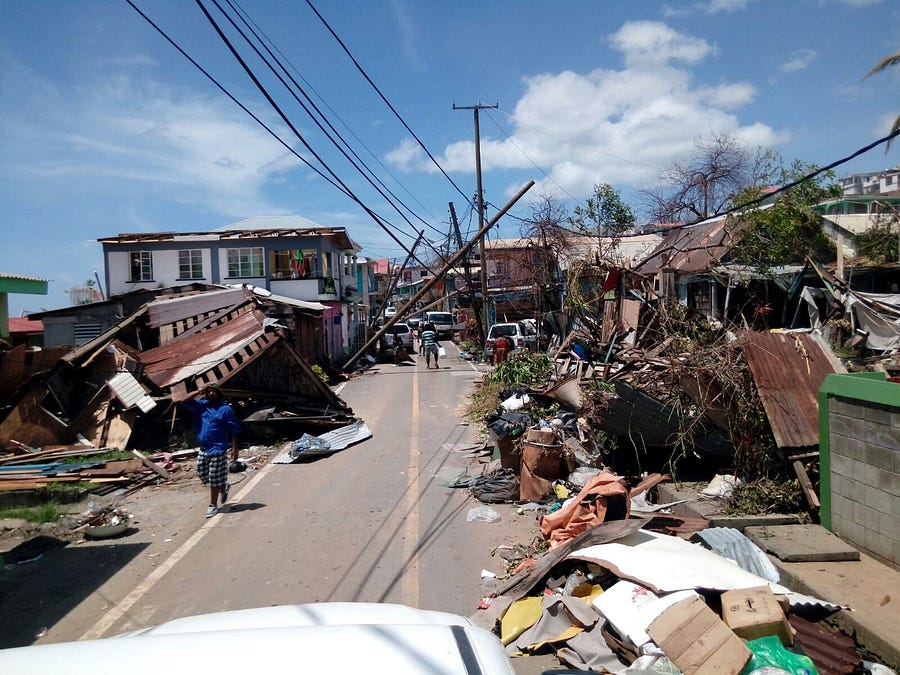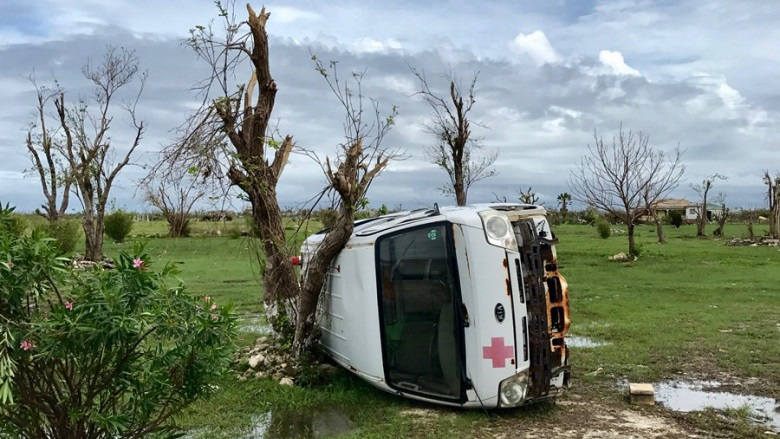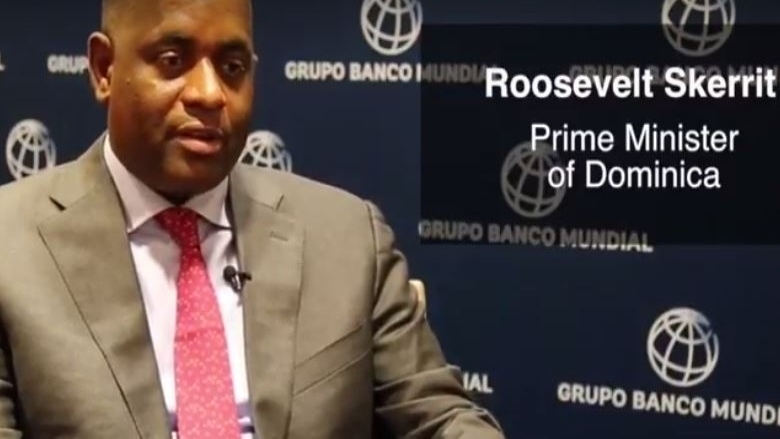Published on Medium.
Just a month following the devastation brought by Hurricane Irma and Maria in the Caribbean, affecting millions of people, the small Caribbean islands are left with no choice but to build back better and stronger as frequency of storms is turning into the ‘new normal’. This has been a particularly active hurricane season with a record of 10 consecutive storms growing to hurricane strength.
As the Caribbean delegations met with international partners during the World Bank Group- IMF Annual Meetings earlier this month, one of the main messages was that disasters like these can be a turning point to build more resilience and plan for a more sustainable future. Grenada Prime Minister Mitchell recalled how Grenada was determined to build back better after Hurricane Ivan in 2004. “Where there is a crisis, let’s not make it go to waste”, he said.

Every year, natural disasters trap some 26 million people in extreme poverty around the world. © World Bank
Every year, natural disasters trap some 26 million people in extreme poverty around the world. In the Caribbean, eight countries experienced a disaster event with an economic impact of over 50 percent of their annual GDP since 1980. The main difference for such small islands is that the entire country can be impacted, with every single inhabitant affected by the storm.
Early estimates of damages after Hurricane Irma point to about 15 percent of GDP for Antigua and Barbuda, where more than 90 percent of the infrastructure in Barbuda has been damaged and most of the electricity and telecom network need to be rehabilitated. In Dominica, the damage assessment is ongoing, but losses are estimated to exceed US$1 billion or 200 percent of GDP losses following Hurricane Maria.
So, what will it take for the small island states of the Caribbean to become more resilient and sustainable following the recent hurricanes?
Dominica Prime Minister Roosevelt Skerrit shared his vision of how his country can become the first climate resilient nation in the world:


